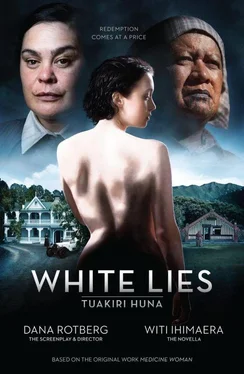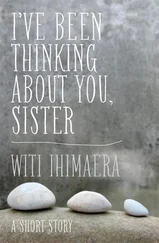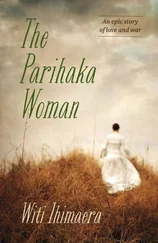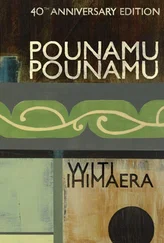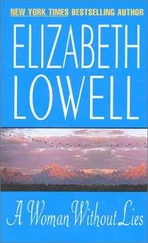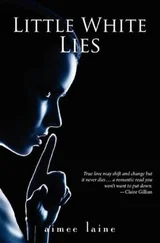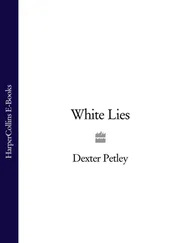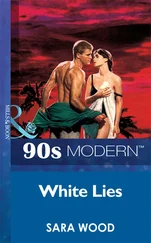This is Paraiti’s life and world. She is an agent of life, prolonging and optimising it. Paraiti’s knowledge, therefore, is of the treatment of the body not the spirit, though sometimes these two are intertwined.
But Paraiti does not live and practise at the higher level of a tohunga. She is not a mediator between the human world and the spiritual world. She does not heal mate atua, diseases of the gods; she has no competency in dealing with those sicknesses that are due to possession of the spirit. While she has known some very great priests — with skills in the spiritual, arcane and esoteric arts: prophecy, dream, sign, rehu, whakakitenga, makutu, moemoea and whiu — that is not her domain. Nor does she return spells onto those responsible for casting them.
Paraiti’s father was such a priest, a man of immense wisdom, whom the iwi consulted on all matters of importance because of his powers of divination. Indeed, it was as a priest that Te Teira had served the great prophet Te Kooti, and remained loyal to him to the very end; this was why the people of Te Kuiti had looked after Paraiti, and had taken them both in after he was released from prison. Te Teira loved to talk about the early days of the prophet’s victories. He used the language of the Old Testament, and likened Te Kooti’s exploits to the great exodus and the flight of the Israelites from the lands of Egypt into the Canaan. It was all metaphorical talk but Paraiti was moved by its grandeur and imagery. ‘In the end Te Kooti was pardoned,’ Te Teira told Paraiti as they sat in front of the fire in their kauta. ‘I will tell you how. The government wanted to run a railway line through the King country, and issued a general amnesty to all criminals, no matter what they had done, to secure the land. The prophet was saved by the iron horse!’ he laughed.
‘It was 1884 when that railway opened,’ he went on. ‘You and I were travelling to some hui or other, I can’t remember which one, but you were my right-hand man, do you remember? We came across some Ringatu boys bending over the rails listening. We got off our horses too and bent down and listened. And your eyes went big and wide and you said to me, “Papa, the rails are singing a strange waiata!” Then suddenly, around the corner came that iron horse, a huge ngarara, a monster, belching smoke and roaring at us. Our horses started to buck and bolt but, resolute in the face of the ngarara, you raised your rifle and fired a shot at it.’ Te Teira laughed. ‘I suppose you were still trying to protect your papa, ne?’
Paraiti’s shot did not bring the ngarara to the ground. But as it swayed and slithered past, she saw the many men and women who had been eaten by it, imprisoned in its intestines. She raised a tangi to them, a great lament. Of course, she had been mistaken. The passengers in the train were very much alive, dispersing into settlements — and the ngarara was just another monster eating up the land.
It was in Te Kuiti that Paraiti grew into womanhood. Although Te Teira would have wished for her to marry some kind farmer or fisherman of the tribe, raise children and live a happy life, those options were closed to her because of her kanohi wera, her burnt face. No matter that he was revered for his medical skills; even his great mana could not obtain a husband for her. She was twenty-four and already accustomed to rejection when, in a terrible moment of truth, she asked, ‘Father, what man, in the moment of ecstasy, would look upon my face and not wish it was someone else’s?’ Te Teira himself acknowledged that his daughter was destined to become a spinster, with no provider once he was gone.
Paraiti’s father had to go underground when the Tohunga Suppression Act was passed in 1908. The purpose of the Act was to replace tohunga, traditional Maori healers, with ‘modern medicine’. The politicians made a lot of noise about ‘charlatan’ tohunga, but the Act was primarily directed at Rua Kenana who, some say, succeeded Te Kooti as prophet. ‘As when the Pakeha pardoned Te Kooti,’ Te Teira said, ‘they brought in a law ostensibly for one thing when it was really for another.’
Te Teira had defied the Act by continuing to practise covertly. And he taught his daughter the arts of healing so that she could achieve economic independence as a functioning member of the iwi. In 1917, when Paraiti was forty-two, the Spanish influenza hit Maori settlements and the people were unable to get treatment from the Pakeha doctors. Paraiti joined her father in offering succour and support to the sick and dying in Te Kuiti. The irony was that the disease had been brought among the people by the Maori soldiers who had gone to fight in the Great War, on the other side of the world.
After the epidemic was over, Te Teira received a letter from a powerful kuia of Te Whanau a Kai on the East Coast, asking him to come and help her in improving the health of her people. Her name was Riripeti, and her persuasive powers were so great that, eventually, with the consent of the people of Te Kuiti, Te Teira accepted her offer. He migrated east with his daughter and they ended up in Waituhi. There Te Teira finished installing in Paraiti the safer knowledge — not the knowledge of the tohunga, but the knowledge of the healer. In particular, he bequeathed to her the rare skill of Maori massage, and the patience to massage deep beneath the skin and move muscles and bones and tissue to their proper places, should they be broken, torn or out of alignment.
And when he died in her arms of old age, four years ago, she was still massaging him and trying to keep his circulation going long after he became cold.
But Paraiti has a dilemma. As she closes her clinic in Ruatahuna for the day, her thoughts fly back to a request she received just before leaving Waituhi.
She was asked to take life, not to give it.

This is how it happened.
A week earlier, in the middle of packing for her annual trip, a thought popped into Paraiti’s head: ‘I think I’ll ride into Gisborne and go to the pictures.’ Just like that the thought came, and the more Paraiti pushed it away, the more it stuck in her mind. Truth to tell, she didn’t need an excuse to go, so she made one up: she would buy some gifts for all the ladies who would be helping at her clinics on her travels. Horiana wasn’t the only one, but for Horiana especially she would get her some of those Pakeha bloomers that would keep her nice and cool in the summer.
Paraiti got up at the crack of dawn, dressed in her town clothes, saddled Ataahua and set off for Gisborne. She stopped for a picnic lunch by the Taruheru River, then rode on to Gisborne and settled Ataahua in the municipal stables just across the Peel Street bridge. It was midday by the town clock when she joined the townsfolk on Gladstone Road.
Paraiti always came to Gisborne with some apprehension. Being among Pakeha was not natural for her; she felt she was crossing some great divide from one world to another. The slash of the scar across her face didn’t help either; it marked her out in some sinister way. Even though these were modern times, and Pakeha liked to say that Maori and Pakeha were one people now, there were still signs of division: there were the Pakeha parts of Gisborne, particularly the palatial houses along Waterside Drive, and then there were the narrow shanty streets where the Maori lived.
Steadying her nerves, she made her way to the Regent to see what film was on. She was delighted to see that Charlie Chaplin’s The Gold Rush was showing. She bought a ticket at the booth.
Humming to herself, Paraiti looked at the town clock again and saw that she had an hour to wait before the film began — time enough to go shopping. As she crossed Gladstone Road to Harrison Esq. Haberdashery, the latest model Packard went by with two women in it. One was a young Pakeha woman with auburn hair, of considerable beauty, and the other was a middle-aged Maori woman, probably her maid. When the Maori woman saw Paraiti, she pointed her out to her mistress.
Читать дальше
